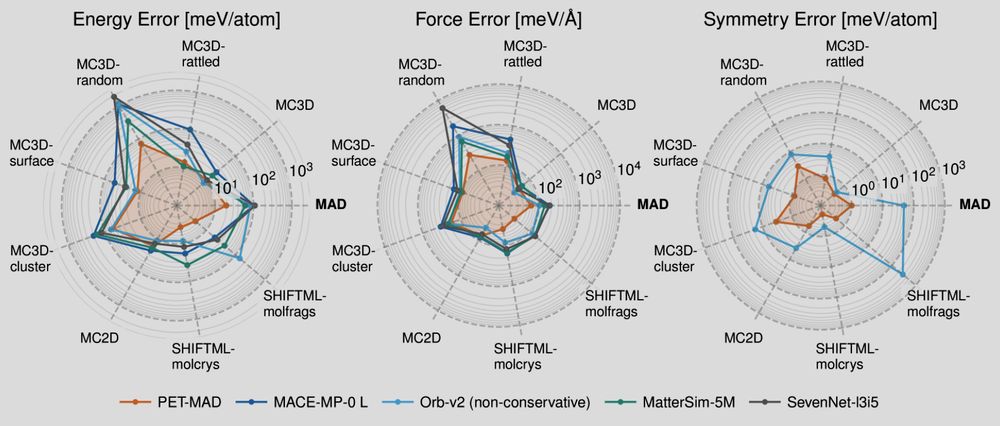doi.org/10.1016/j.ch...
@grk2376.bsky.social
doi.org/10.1016/j.ch...
@grk2376.bsky.social
We show how tracking local atomic fluctuations & their space&time correlations allows tracking metals' behavior through the elastic & plastic phases.🚀🤯
pubs.aip.org/aip/jcp/arti...

We show how tracking local atomic fluctuations & their space&time correlations allows tracking metals' behavior through the elastic & plastic phases.🚀🤯
pubs.aip.org/aip/jcp/arti...
Not much!😲
See @natcomms.nature.com our work on the collective resilience of dynamical supramolecular polymers!🚀
www.nature.com/articles/s41...

Not much!😲
See @natcomms.nature.com our work on the collective resilience of dynamical supramolecular polymers!🚀
www.nature.com/articles/s41...
doi.org/10.26434/che...

doi.org/10.26434/che...
doi.org/10.1515/pac-...

doi.org/10.1515/pac-...


When Theory Came First: A Review of Theoretical Chemical Predictions Ahead of Experiments
🧪#compchem doi.org/10.26434/che...

When Theory Came First: A Review of Theoretical Chemical Predictions Ahead of Experiments
🧪#compchem doi.org/10.26434/che...
Building on abstract concepts of local fluctuations & their correlations in space & ⏱️, #LEAP provides, in agnostic & purely data-driven way, info on the internal physics of complex dynamical systems from the atomic- to the macro-scale!🤩
academic.oup.com/pnasnexus/ad...

Building on abstract concepts of local fluctuations & their correlations in space & ⏱️, #LEAP provides, in agnostic & purely data-driven way, info on the internal physics of complex dynamical systems from the atomic- to the macro-scale!🤩
academic.oup.com/pnasnexus/ad...
👉 Read the full preprint here: chemrxiv.org/engage/chemr...
and get the parameters here: github.com/Martini-Forc...

👉 Read the full preprint here: chemrxiv.org/engage/chemr...
and get the parameters here: github.com/Martini-Forc...
👉 Read the full preprint here: chemrxiv.org/engage/chemr...

👉 Read the full preprint here: chemrxiv.org/engage/chemr...
In #ArXiv we propose the concept of “optimal spatiotemporal resolutions”!🤯
We demonstrate how any system/data has its own to be best studied/characterised & how to learn these directly from the system’s data!🚀
arxiv.org/abs/2412.13741

In #ArXiv we propose the concept of “optimal spatiotemporal resolutions”!🤯
We demonstrate how any system/data has its own to be best studied/characterised & how to learn these directly from the system’s data!🚀
arxiv.org/abs/2412.13741
In our last Arxiv preprint we challenge this assumption:
arxiv.org/abs/2412.094... 🚀🤩

In our last Arxiv preprint we challenge this assumption:
arxiv.org/abs/2412.094... 🚀🤩

In our last Arxiv preprint we challenge this assumption:
arxiv.org/abs/2412.094... 🚀🤩
Nano onions based on an amphiphilic Au3(pyrazolate)3 complex
Severin* (EPFL)
Solea et al, Nanoscale, 10.1039/D4NR03901G
#ChemSky #Science #NanoSky


